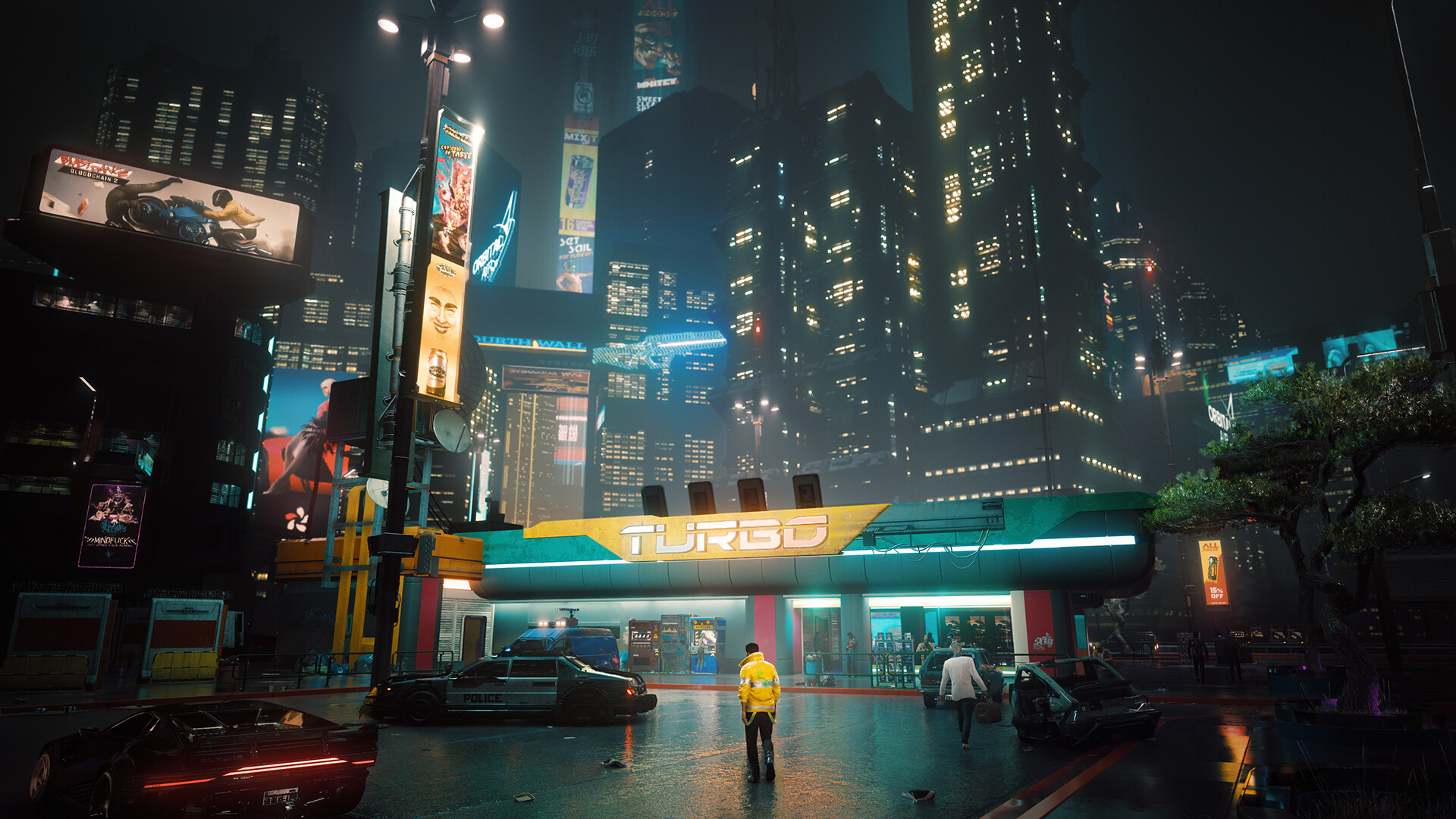Portal 2 Score: Puzzle FPS Innovation
When Portal first launched in 2007, it redefined what a first-person shooter (FPS) could be. Instead of relying on traditional gunplay, it introduced a physics-based puzzle mechanic that challenged players to think creatively. Its sequel, Portal 2 (2011), expanded on this foundation, refining the gameplay, deepening the narrative, and pushing the boundaries of innovation in the puzzle FPS genre.

The Evolution of Puzzle Mechanics
Portal 2 didn’t just iterate on its predecessor—it revolutionized the formula. The original game introduced the portal gun, allowing players to create linked entry and exit points to solve spatial puzzles. Portal 2 expanded this concept with new mechanics like:
- Gels (Repulsion, Propulsion, and Conversion): These gels added dynamic movement options, enabling players to bounce, speed up, or create portal-friendly surfaces.
- Excursion Funnels: Light bridges and tractor beams introduced new ways to manipulate objects and navigate environments.
- Thermal Discouragement Beams (Lasers): Redirecting lasers to activate switches added another layer of complexity.
These additions transformed Portal 2 from a clever puzzle game into a masterclass in interactive problem-solving. Each mechanic was introduced gradually, ensuring players could master them before facing more intricate challenges.
Narrative Depth and Dark Humor
Beyond gameplay, Portal 2 elevated storytelling in puzzle games. The darkly comedic tone, delivered through the iconic AI antagonist GLaDOS and the bumbling Wheatley, made the experience unforgettable. The game’s writing—sharp, witty, and unexpectedly emotional—turned what could have been a sterile test chamber into a compelling narrative.
The co-op campaign further expanded the lore, introducing players to Atlas and P-Body, two robots navigating their own set of challenges. The cooperative puzzles required communication and teamwork, reinforcing the game’s emphasis on intellect over reflexes.
Level Design: A Symphony of Complexity
Portal 2’s level design was meticulously crafted to teach players without overt tutorials. Early chambers introduced basic mechanics, while later stages combined multiple elements in increasingly complex ways. The game’s pacing ensured that frustration never overshadowed satisfaction—each "Eureka!" moment felt earned.
The transition from sterile Aperture Science labs to the decaying, overgrown ruins of the facility also added environmental storytelling. The shift in aesthetics mirrored the narrative’s progression, making the world feel alive despite its abandoned state.
Legacy and Influence
Few games blend genres as seamlessly as Portal 2. It proved that an FPS could thrive without combat, relying instead on intellect, creativity, and experimentation. Its influence can be seen in modern puzzle games like The Talos Principle and Superliminal, which similarly prioritize player ingenuity over traditional action.
Moreover, Portal 2 demonstrated the power of emergent gameplay. Players discovered unintended solutions—like flinging themselves across rooms using momentum—that the developers embraced rather than patched out. This flexibility encouraged experimentation, a hallmark of great game design.
Conclusion
Portal 2 remains a benchmark for innovation in gaming. By merging physics-based puzzles with an engaging narrative and dark humor, it created an experience that was as intellectually stimulating as it was entertaining. Over a decade later, its mechanics, writing, and design continue to inspire developers and delight players.
In an industry often dominated by sequels that play it safe, Portal 2 dared to evolve—and in doing so, it secured its place as one of the most inventive games of all time.














